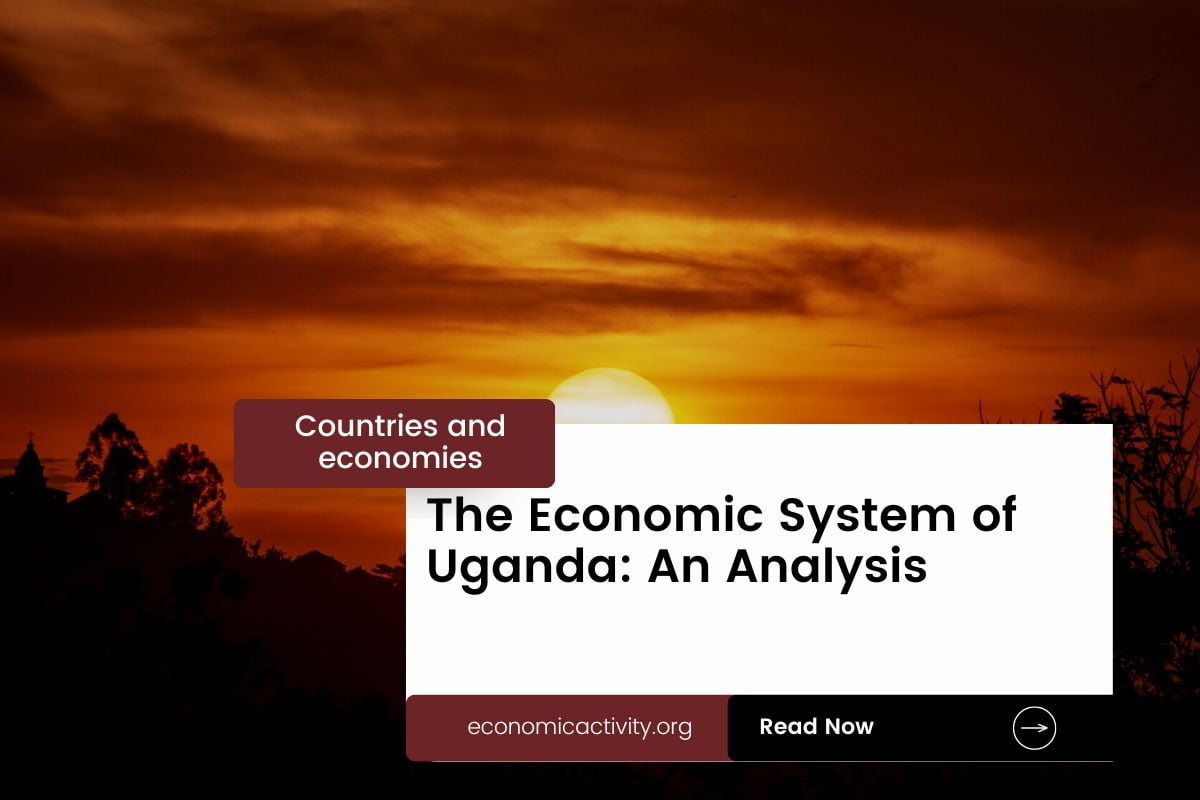What is the economic system of Uganda? The economy of Uganda is based on a mixed economy. The country’s economic system combines elements of a market economy and a planned economy.
Uganda’s economy is largely based on agriculture, which employs a majority of the population. Key products include coffee, tea, and fish. Other significant sectors include mining, manufacturing, and services. The discovery of oil reserves offers future potential.
In Uganda, the economy is composed of a private sector, consisting of individuals and businesses that make autonomous decisions based on self-interest, and a public sector, where the state determines the production and distribution of certain goods and services. No country is purely capitalist or purely communist.
What do the freedom indexes tell about the economic system of Uganda?
Now, to determine if a country is mostly a market economy or a planned economy, it is useful to examine some economic indexes. For instance, according to the 2022 Index of Economic Freedom, which measures the ability of every human to control his own labor and property, Uganda is ranked 127th globally and 24th in Sub-Saharan Africa indicating that the country has a mostly unfree economy.
In a similar way, the 2022 Freedom House index evaluates the state of political rights and civil liberties globally. Generally, market economies tend to align more with democracy and freedom, while command economies tend to be characterized by greater state control and fewer democratic and civil liberty protections. Uganda gets a score of 34/100, which qualifies it as Not Free.
Uganda is a country where the government controls what people do for political reasons, and people have limited freedom to choose (what, how much and how to produce, whether to buy or not, selling price, etc.)
The Link Between Public Sector Employment and the Economic System of Uganda
An indicator of the extent to which the State is involved in the economy is the number of public sector employees. In Uganda, according to ILOSTAT, the number of public sector employees as a percentage of the total workforce is 4.1% (2017).
In the country’s mixed economy, the number of public sector employees as a percentage of the total workforce varies based on the specific policies and practices adopted by the State.
Some economic activities are left to the private sector while others are under government control. The bigger the public sector the closer is the economy to being a command economy.
What do the biggest companies in Uganda say about the country’s economic system?
The biggest company in Uganda should also be looked at, as well as whether it is a state-owned or private company. In this case, BAT Uganda is a leading tobacco company in East Africa. It produces and distributes cigarettes, cigars, and other tobacco products.
The company is a subsidiary of the multinational company British American Tobacco. It shows how the biggest companies in the country have private shareholders.
The historical factors that have influenced the economic system of Uganda
Uganda’s mixed economy system has been shaped by a combination of factors, including colonialism, globalization, and the country’s own economic policies.
Colonialism brought foreign investment and a shift from subsistence farming to cash crops, while globalization has increased access to foreign markets and technology. Uganda’s own economic policies have also played a role, with the government promoting private sector growth and encouraging foreign investment.
All of these factors have contributed to the current mixed economy system in Uganda.





Leave a Reply